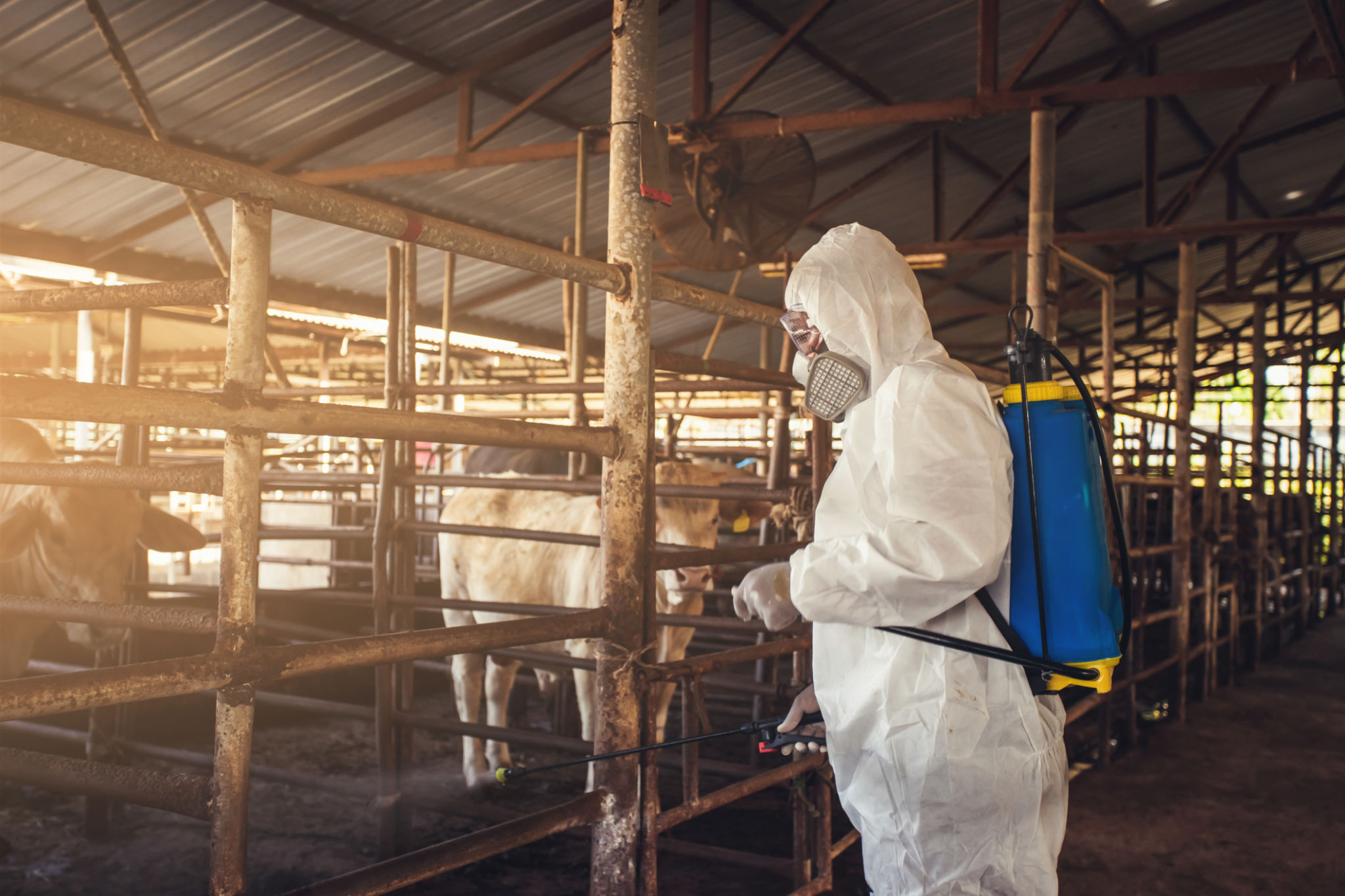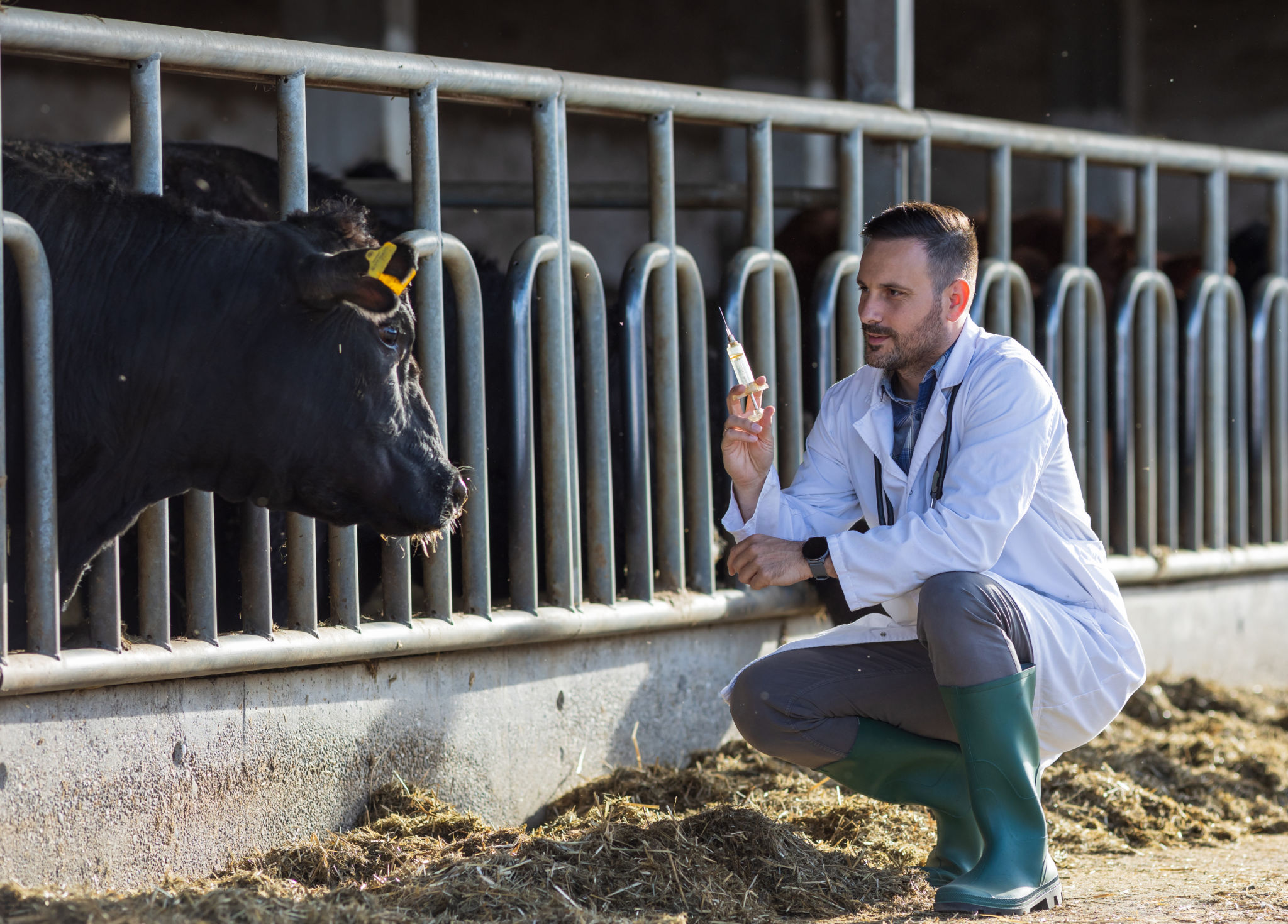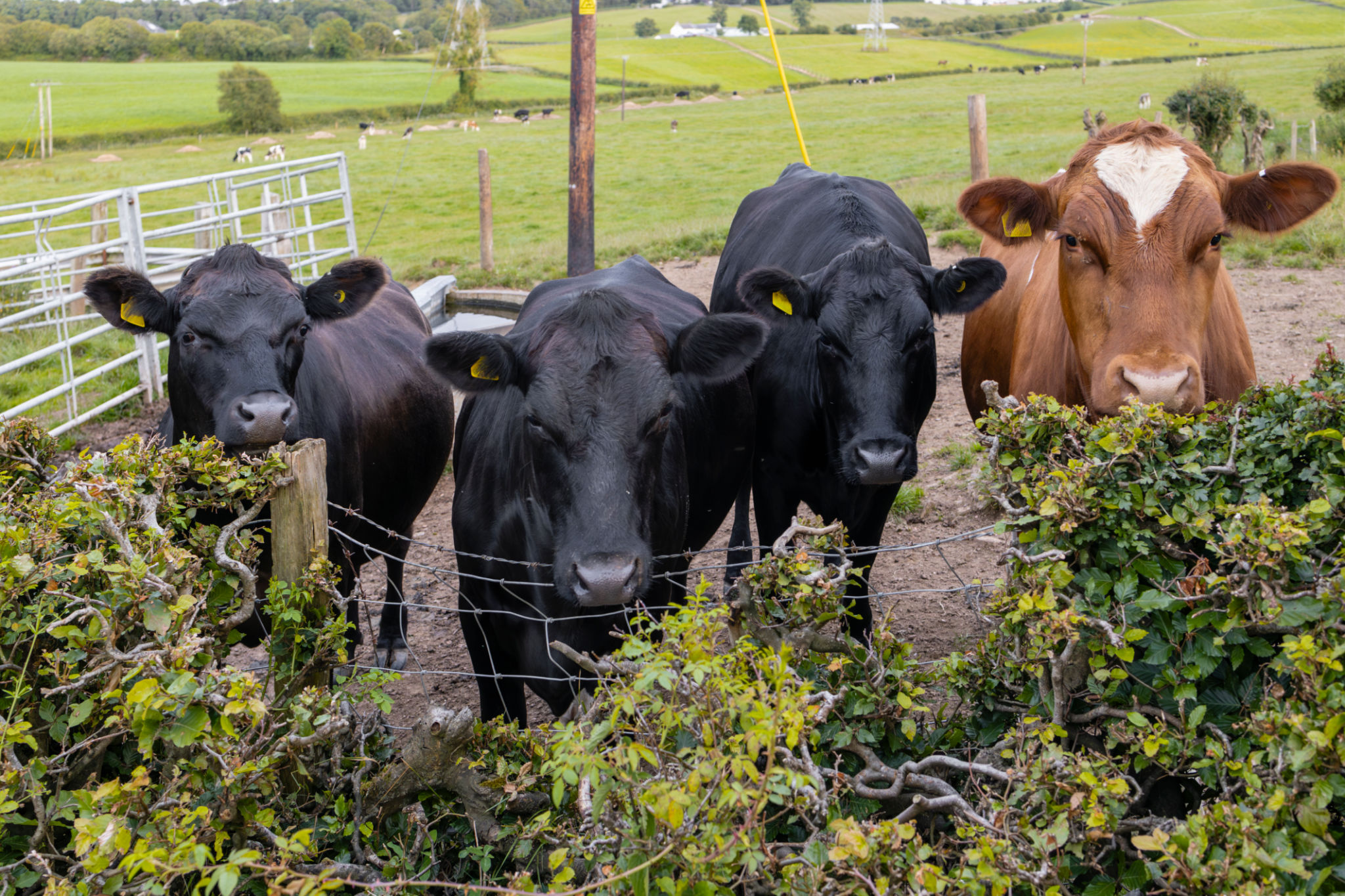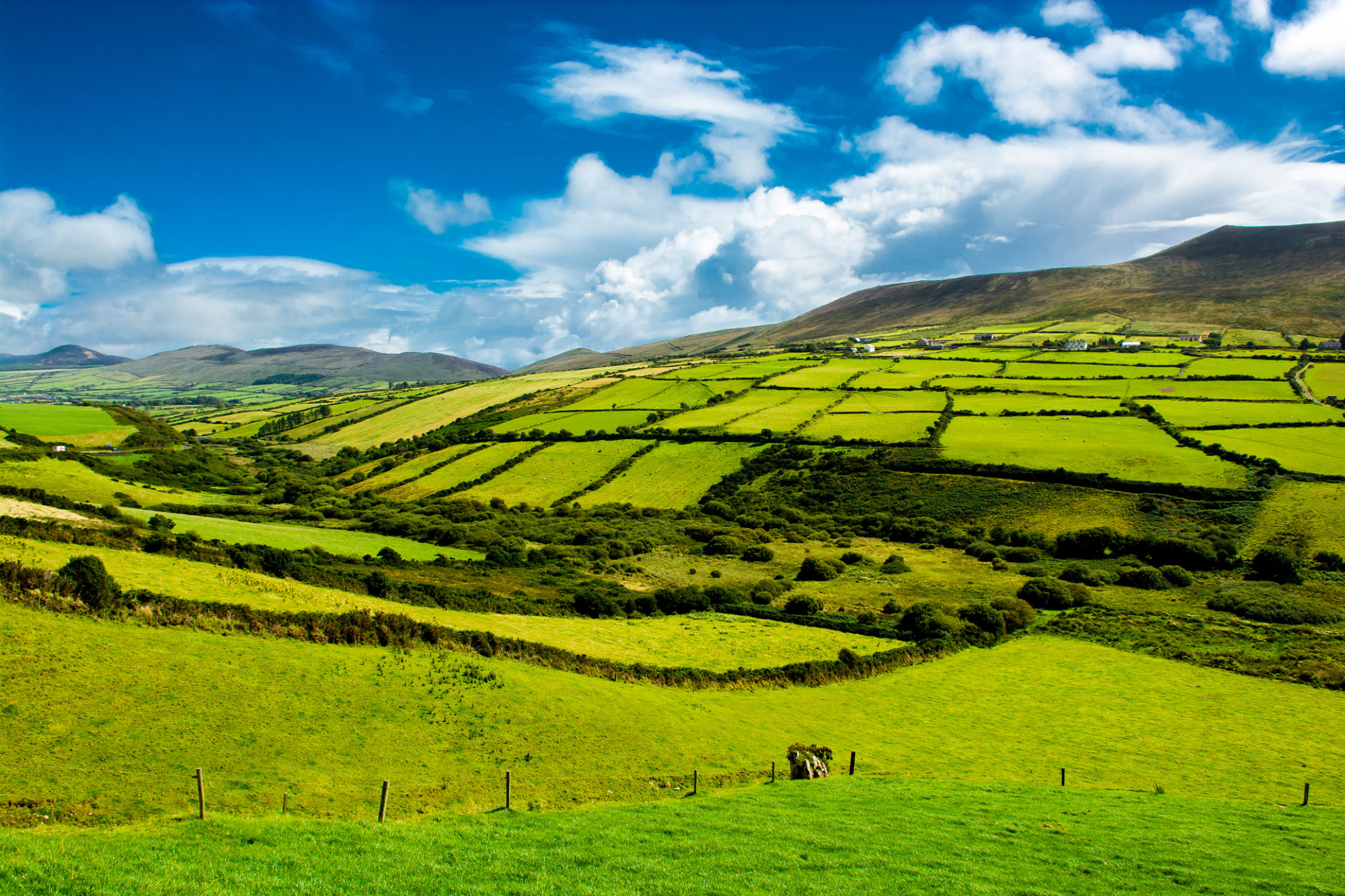Ireland's Plan to Eradicate Bovine TB: 30 New Measures Proposed
Introduction
After a challenging year in 2024, which saw over 6,000 Irish farms affected by bovine TB outbreaks, the agricultural sector is bracing for significant change. A major summit will soon take place, where 30 new measures to tackle the disease are set to be discussed. For many farmers, this could mark a turning point, but also a period of adjustment.

What Is Bovine TB?
Bovine tuberculosis (TB) is an infectious disease caused by Mycobacterium bovis. It primarily affects cattle but can also infect other animals, including wildlife such as badgers and deer. In rare cases, it can be transmitted to humans.
The disease spreads between animals mainly through respiratory secretions, but contaminated feed, water, and shared grazing areas can also play a role. Once present in a herd, it can be extremely difficult to eradicate.
Key facts about bovine TB in Ireland:
- In 2024, TB herd restrictions reached their highest level in 15 years.
- Over 6,000 herds were affected nationwide.
- The herd incidence rate rose above 6%, a significant increase from the 4.31% rate recorded in 2022.
- Ireland’s dairy herd expansion and frequent cattle movements have contributed to the spread of the disease.
The costs are substantial — farmers contributed more than €150 million to the eradication effort in 2024 alone, covering testing, levies, and indirect expenses like lost production.

Why TB Keeps Coming Back
TB continues to frustrate both farmers and vets. It’s not just the disease itself but the knock-on effects that cause problems — movement restrictions, extra testing, lower productivity and ongoing financial pressures.
Residual infections in herds and the routine movement of cattle between farms remain the two biggest challenges. Even with biosecurity measures in place, intensifying farming practices, particularly in the dairy sector, have increased the risk of spread.

What Changes Are Being Proposed?
The 30 new measures being discussed are designed to break the infection cycle and ease some of the burdens farmers face.
1. Tackling Residual Infections
Testing and monitoring are set to become stricter and more consistent. The aim is to identify and remove undetected infections which allow TB to linger in herds.
2. Limiting Animal Movements
More controls on cattle movements between farms are expected. While this may be restrictive initially, it’s viewed as essential to stopping the disease spreading, especially in areas already dealing with high infection rates.
3. Reworking the TB Eradication Programme
There’s talk of a full overhaul of the current programme. Changes could affect how often cattle are tested, how herd breakdowns are managed and how farmers are compensated

The Cost of TB — In Black and White
TB control doesn’t just demand scientific solutions. It requires serious financial investment too. Farmers are already contributing over €150 million annually.
Direct costs such as testing and levies are hefty, but indirect costs — including loss of income during restrictions and extra labour — push that figure even higher. Government spending on TB has also surged, topping €100 million in 2024.
It’s no wonder there’s a drive for change.

Who’s Leading the Charge?
The TB Partnership Steering Group, formed in early 2025, is taking the lead. This group includes farming organisations, vets, policy experts and environmental voices, ensuring any changes balance disease control with practical farming realities.
An interim report was handed to the Minister for Agriculture earlier this year, setting out a new direction for tackling TB. The group’s final report — due soon — is expected to contain clear recommendations for changes to testing, cattle movement controls, compensation schemes and biosecurity rules.
Pressure to act is growing. Ireland’s herd incidence rate is now more than double the EU average. If rates continue to climb, the country could face trade challenges and reputational damage.

What Does This Mean for Farmers?
Let’s be clear: the proposed changes won’t be simple. Farmers will likely face more frequent testing, stricter biosecurity and tighter rules on moving cattle. That could mean more paperwork and some initial disruption.
However, there’s a positive side. Stronger disease control will mean fewer breakdowns and healthier herds in the long run. For many farms, that could mean big financial savings.
In 2024, farms hit by TB breakdowns lost an average of €16,000 each in reduced productivity and testing expenses. Farms that stayed TB-free avoided these costs and enjoyed uninterrupted sales and breeding programmes.
Lower TB rates could also boost Ireland’s reputation in global markets, strengthening trade relationships and improving prices for Irish beef and dairy.

How We Can Help
At The Informed Farmer Consultancy, we understand how overwhelming this may seem. That’s why we’re ready to help farmers and agribusinesses navigate the changes ahead.
Here’s what we can offer:
1. Clear, Practical Advice
We’ll explain the new rules in plain language and help you stay compliant without unnecessary disruption to your day-to-day work.
2. Biosecurity Planning That Works
Our team will assess your current biosecurity measures and create a realistic, effective plan tailored to your farm’s needs.
3. Support with Herd Health
We can help you keep on top of testing, data management and herd health strategies to reduce risks and costs.
4. Training for You and Your Team
We provide hands-on training so that everyone on your farm knows what to do and why — building confidence and compliance.
5. Advocacy Where It Matters
We’re also ready to represent your interests in discussions with policymakers and industry bodies, ensuring that the voice of farmers is heard as new measures are rolled out.

Conclusion
The road to eradicating bovine TB won’t be easy, but the goal is within reach. While the new measures will require adjustment, they offer a real opportunity to ease the burden TB places on farmers. Stronger disease control and clearer policies promise healthier herds and fewer costly disruptions. Ireland’s farming community has shown resilience before and will rise to this challenge. The summit’s outcomes will shape the path ahead. At The Informed Farmer Consultancy, we’re ready to guide and support you through the changes. Together, we can secure a healthier, more sustainable future for Irish agriculture.
*By Anne Hayden MSc., Founder, The Informed Farmer Consultancy.
